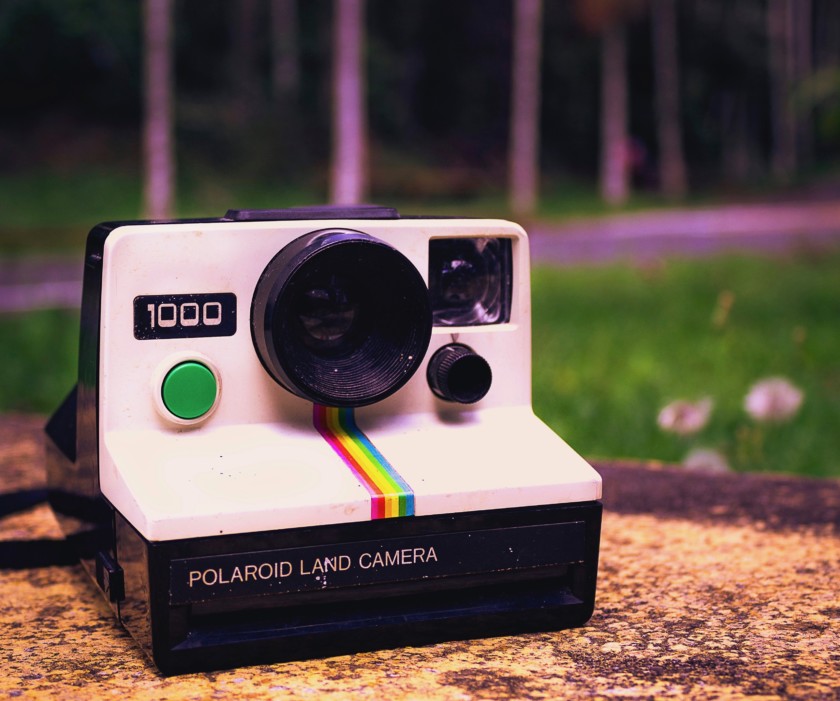Instagram has a name for being a top social platform for engagement… with a high percentage of narcissists (according to this survey of college students).
About a week ago, Alexey Kovalev – a Russian/English Journalist – tweeted out this tweet, featuring a vending machine for ‘buying Likes for your Instagram pics’…
Russia takes the worst excesses of capitalism to the extreme, so here's a vending machine in a mall for buying Likes for your Instagram pics pic.twitter.com/ZZt189opgd
— Alexey Kovalev (@Alexey__Kovalev) June 5, 2017
The tweet went viral, but many people were skeptical, assuming that the machine was a prank. However, after some research, it was found that this machine is run by a quickly expanding Russian company called Snatap.
Their site advertises:
Snatap is constantly expanding the functionality of its devices. We do not depend on trends, we anticipate them and create them ourselves. Already there is a huge sale of likes and subscribers.
Also available:
Photo printing from Instagram and VK, Telegram.
Printing of branded photos and magnets.
Sale of likes and subscriptions in Instagram.
Collection of feedbacks on Event, Promo and BTL promotions
Sale of video advertising Indoor on the screen Snatap
They definitely anticipated the new Instagram vending trend. Apparently, the machine has quickly spread to multiple locations. According to a blogpost on Vice:
Don’t frequent this particular shopping center near the Kremlin? Not a problem. Kovalev assured me over Twitter DM that he’s spotted the same vending machines throughout Moscow, and heard reports that they can be found in other Russian cities.
“I saw one in a book shop of all places!” he said.
Although the idea is genius, it has also exposed a darker side of our social media age. In an era where everything has become social media presence and self-image, people are willing to shell out money for likes. Although social media is a powerful marketing tool, is there a point at which this all becomes too much? According to both B2B professionals and psychologists, the like-seeking culture is taking a drastic toll, both economically and mentally.
Professor Tara Susan of Huron College ran research on deceptive like-seeking behaviours on Instagram, and her results are far from reassuring.
The study found “normative like-seeking” activity, such as using filters or hashtags to increase interactions, were common, but those who relied on “deceptive like-seeking” strategies tended to feel less connected and less valued than their peers.
Dumas said they also tended to have a higher level of narcissism and wanted to “increase their popularity and seeming more creative to people online.”
One preliminary result to come out of the study is that it does not appear using deceptive like-seeking techniques actually help posts become more popular, according to Dumas.
Even in terms of the raw numbers, purchased likes and engagement have only proven hurtful to businesses and individuals. According to UnionMetrics, it negatively affects the quality of followers, the reach of the audience and being able to fine tune your content to your intended audience:
You want to be followed by people who are interested in your posts, engaged in the community you’re trying to reach, and share compelling content of their own. Engagement from these people means a lot more than a bot account auto-retweeting your every post. The more relevant and real your followers are, the better the engagement from them will be.
…if you’re trying to learn how to improve your content and post things that are more engaging to the audience you really want to reach, you need to better understand what posts get a real response. What are people responding to? What content gets true amplification? Higher quality content – anything that adds value to a conversation through relevance, interest or novelty – will perform better than low-quality content.
On social media, things can move fast. When you post new content can have a big impact on how it’s received. This will depend on your audience – who and where are they? – as well as some features of the social media platform you’re on. Some are more active during the business day, like Twitter, but others see more action in the evenings, like Instagram. So spend some time getting to know the times that work best for your content and your audience to find the times you’re likely to get the biggest response.
Obviously, the like-buying/follower-buying craze is a horrible idea at its finest. But how long will it take before people start to realize the negative effects? Hopefully sooner than later…


